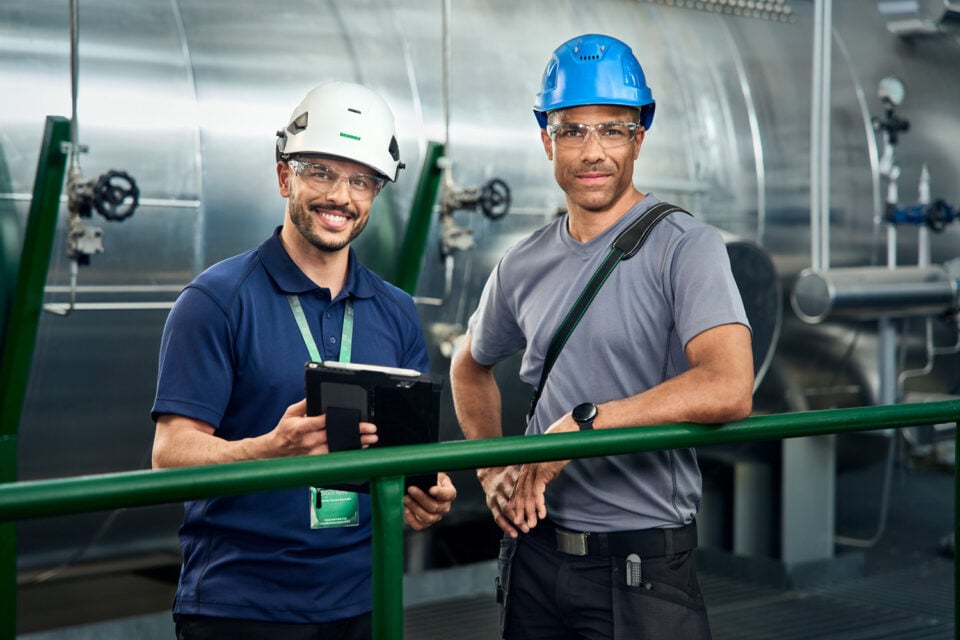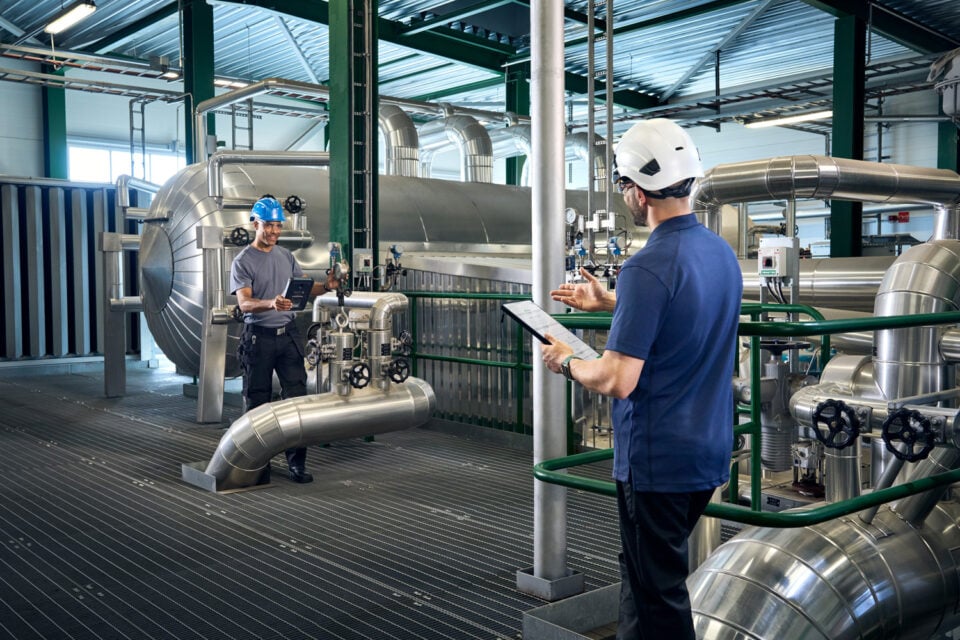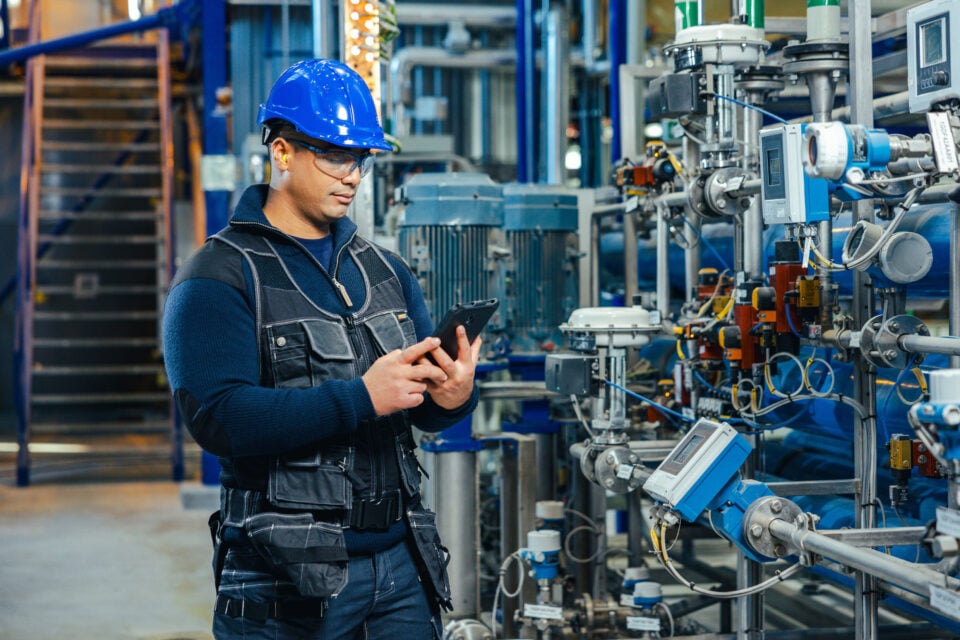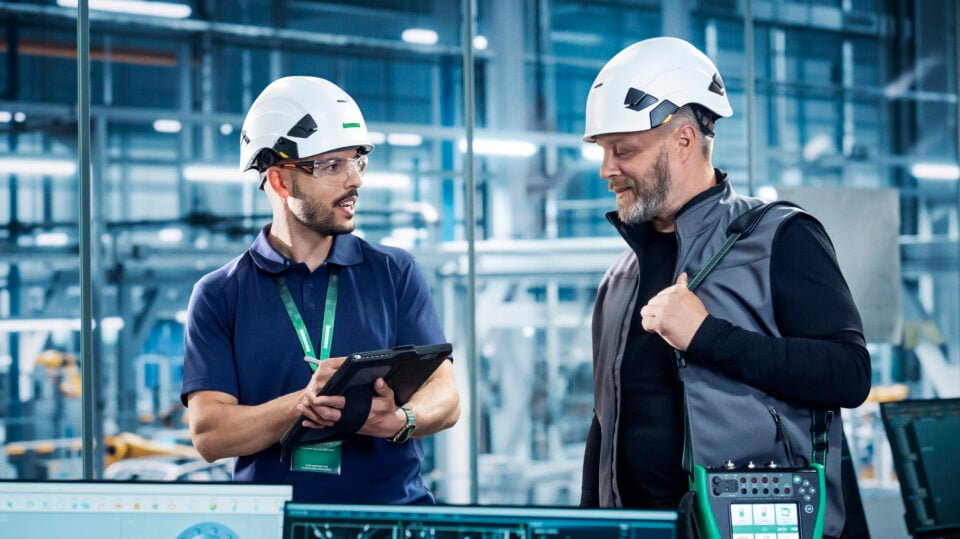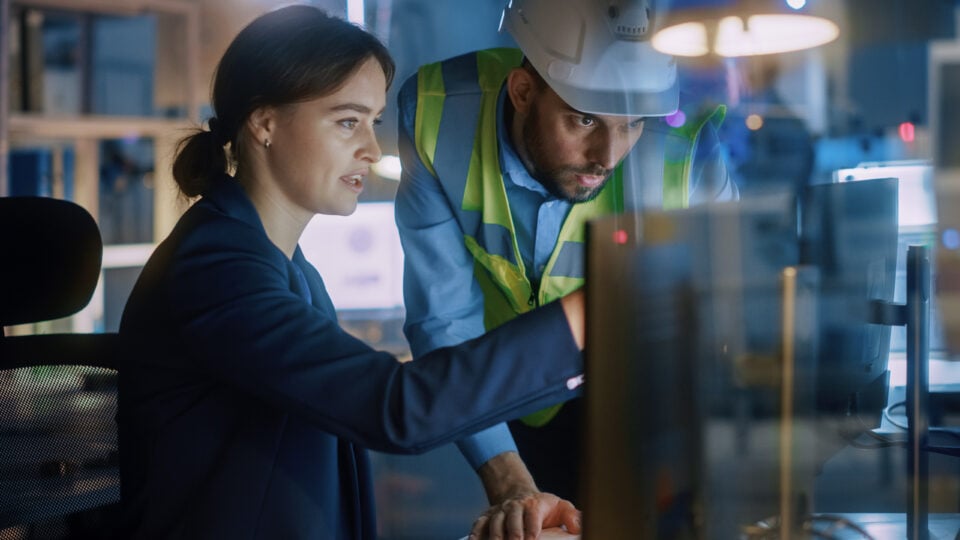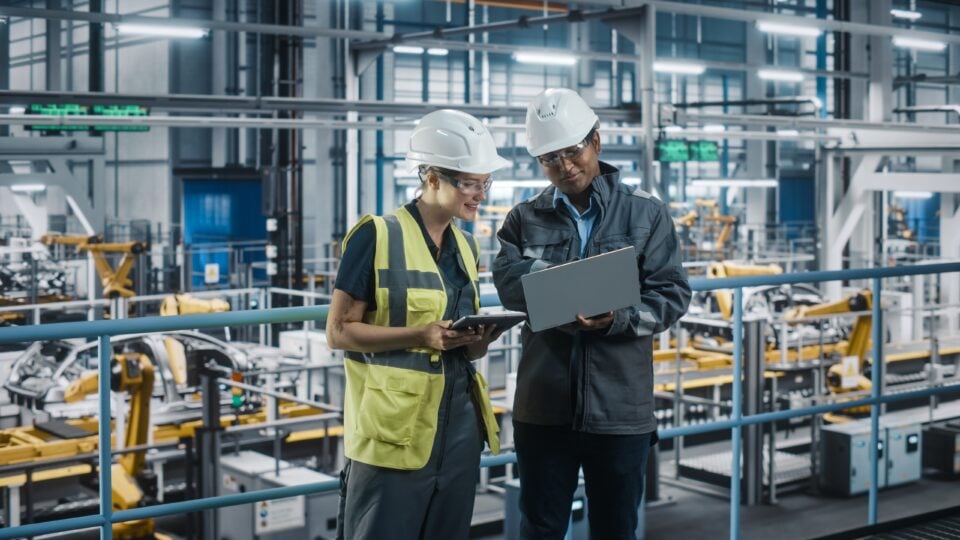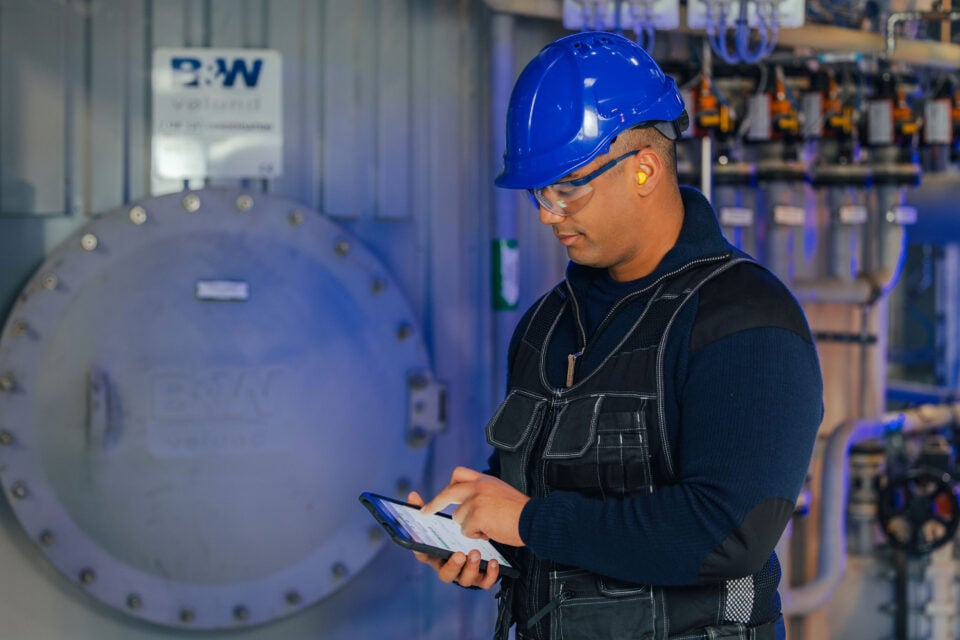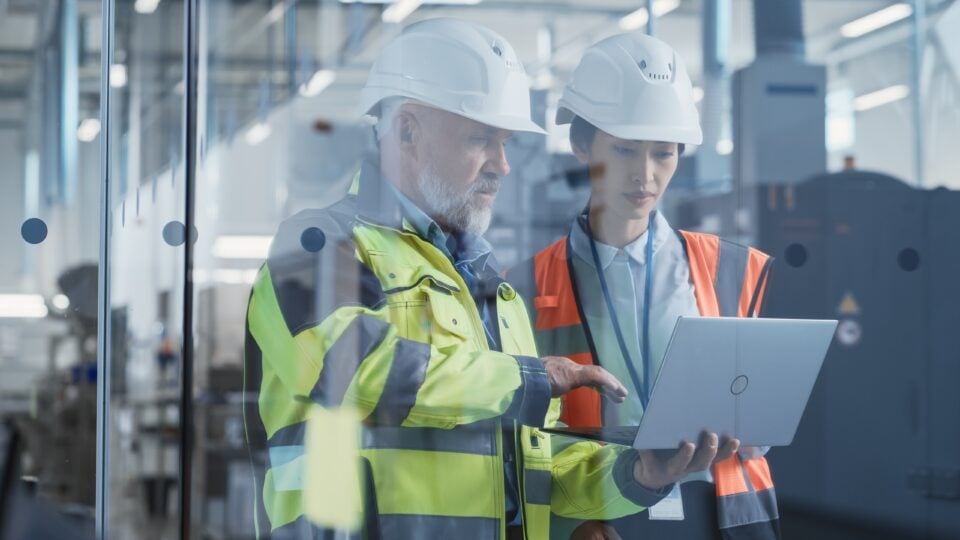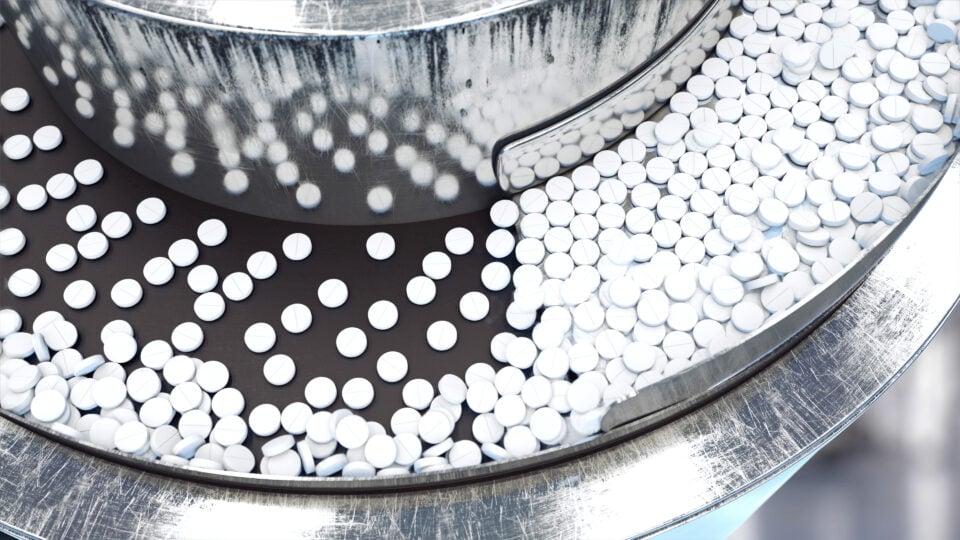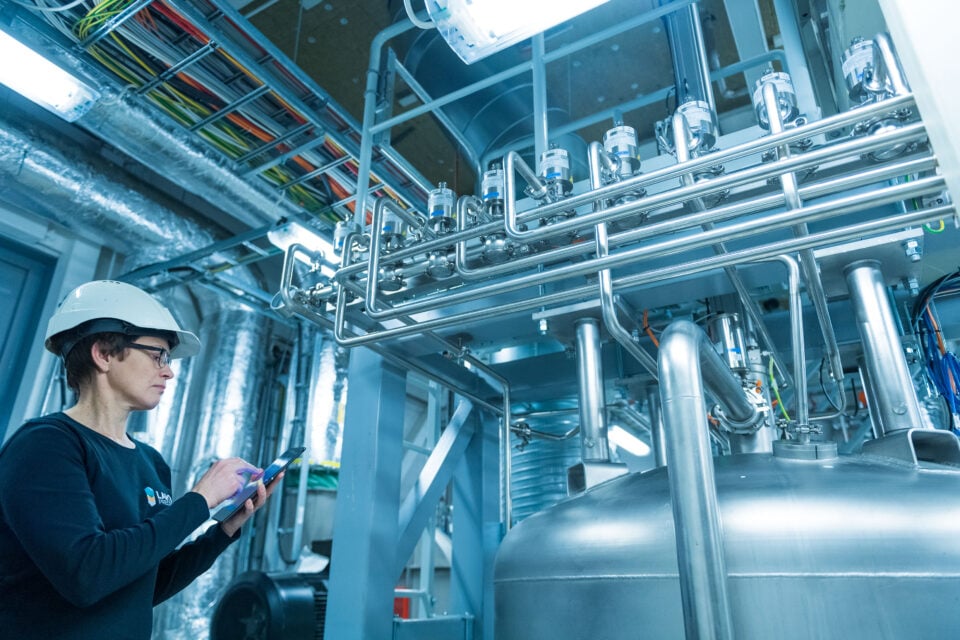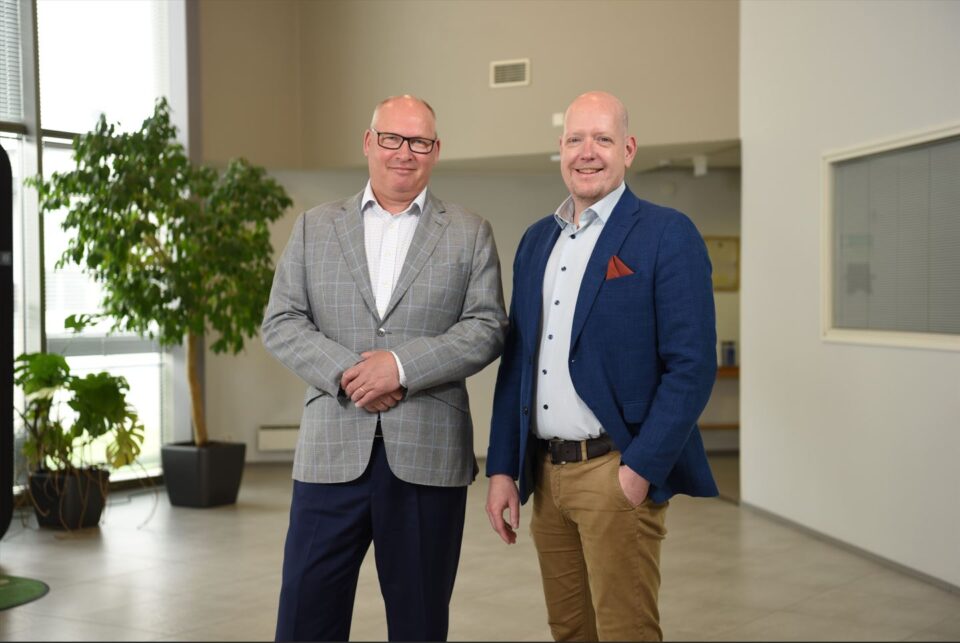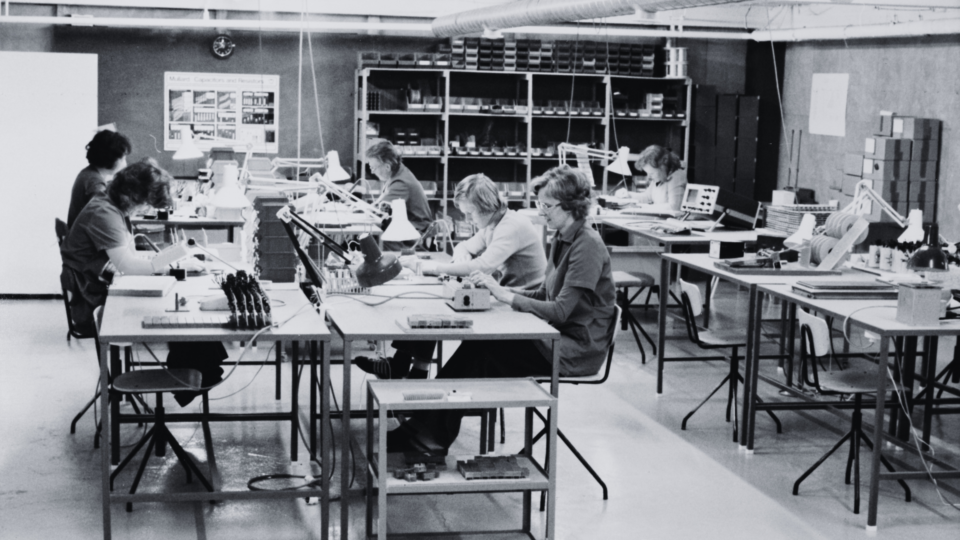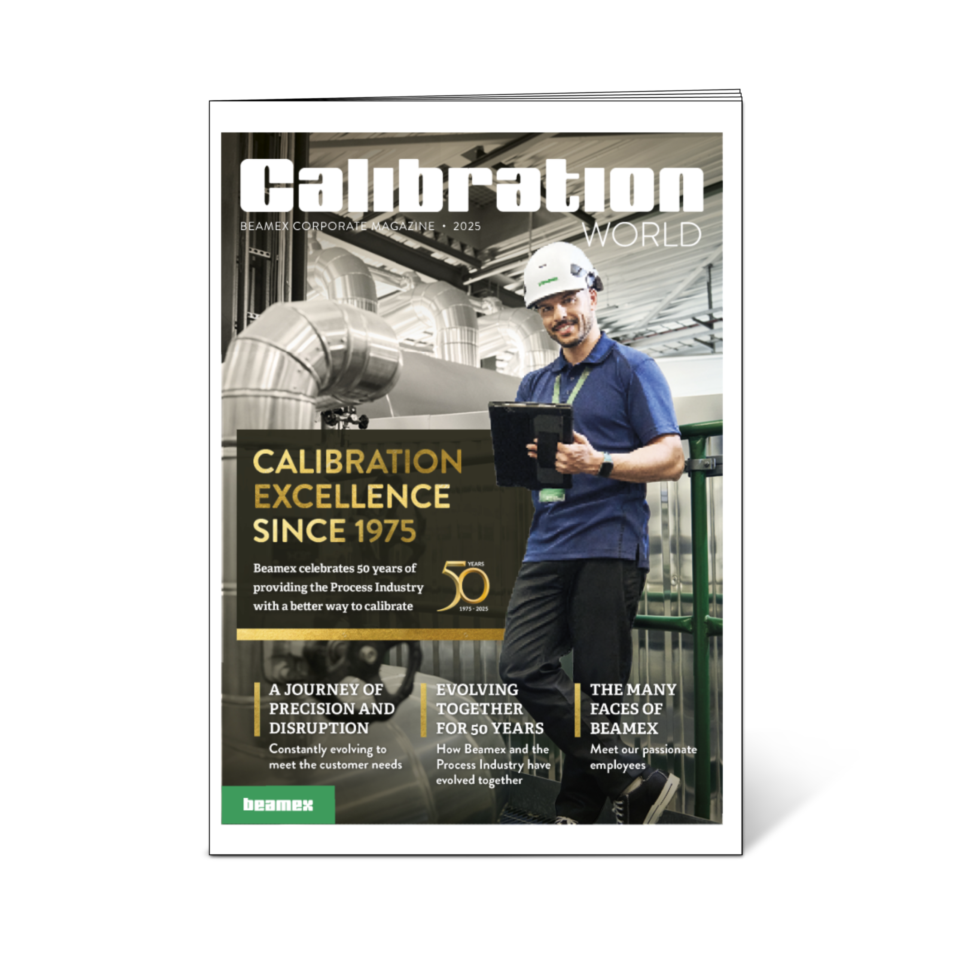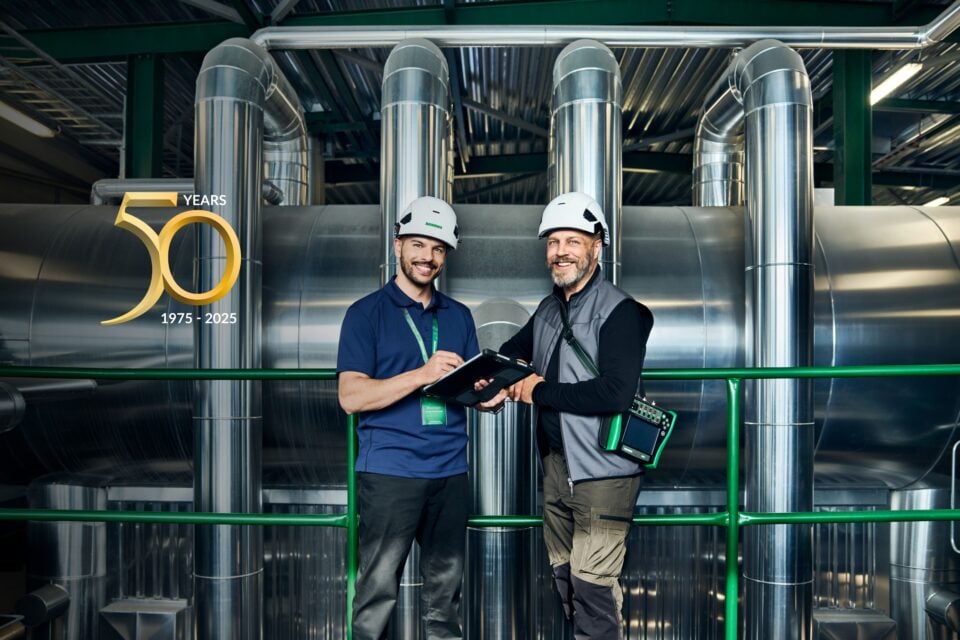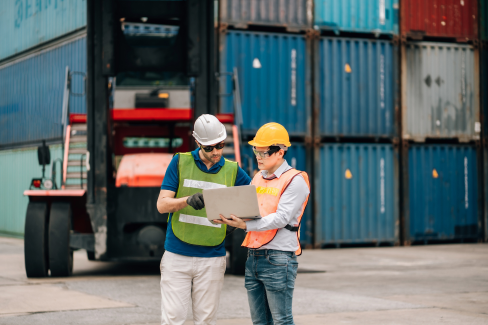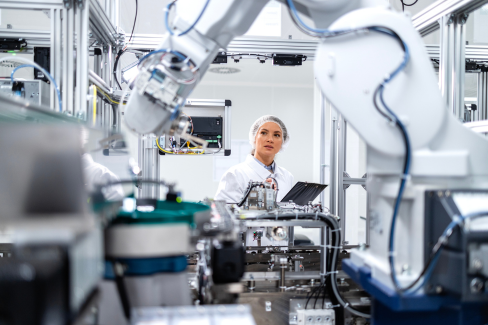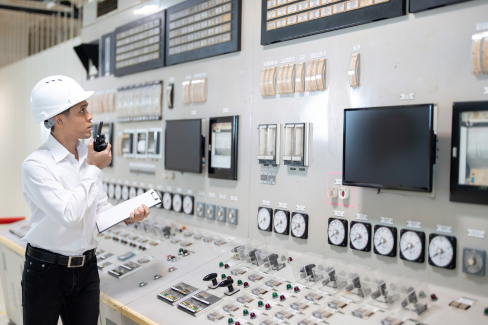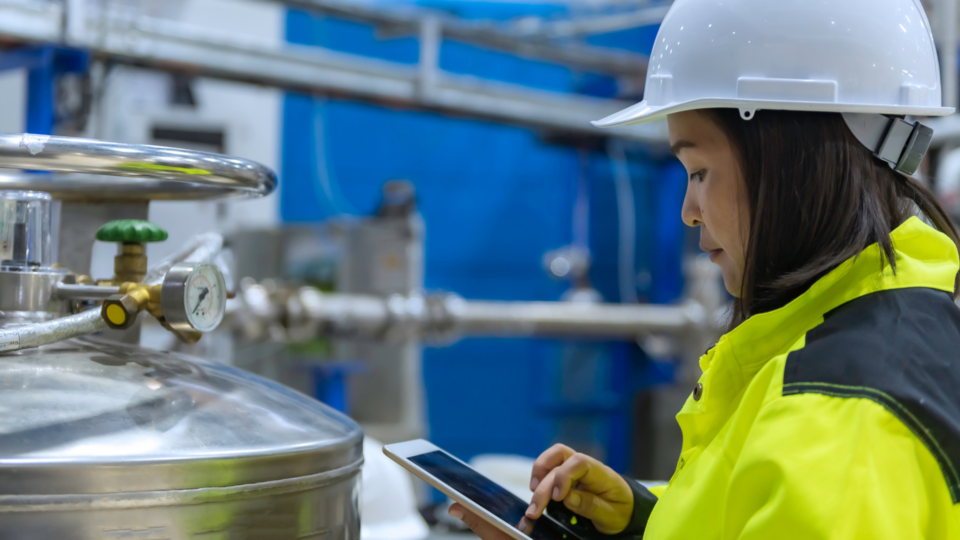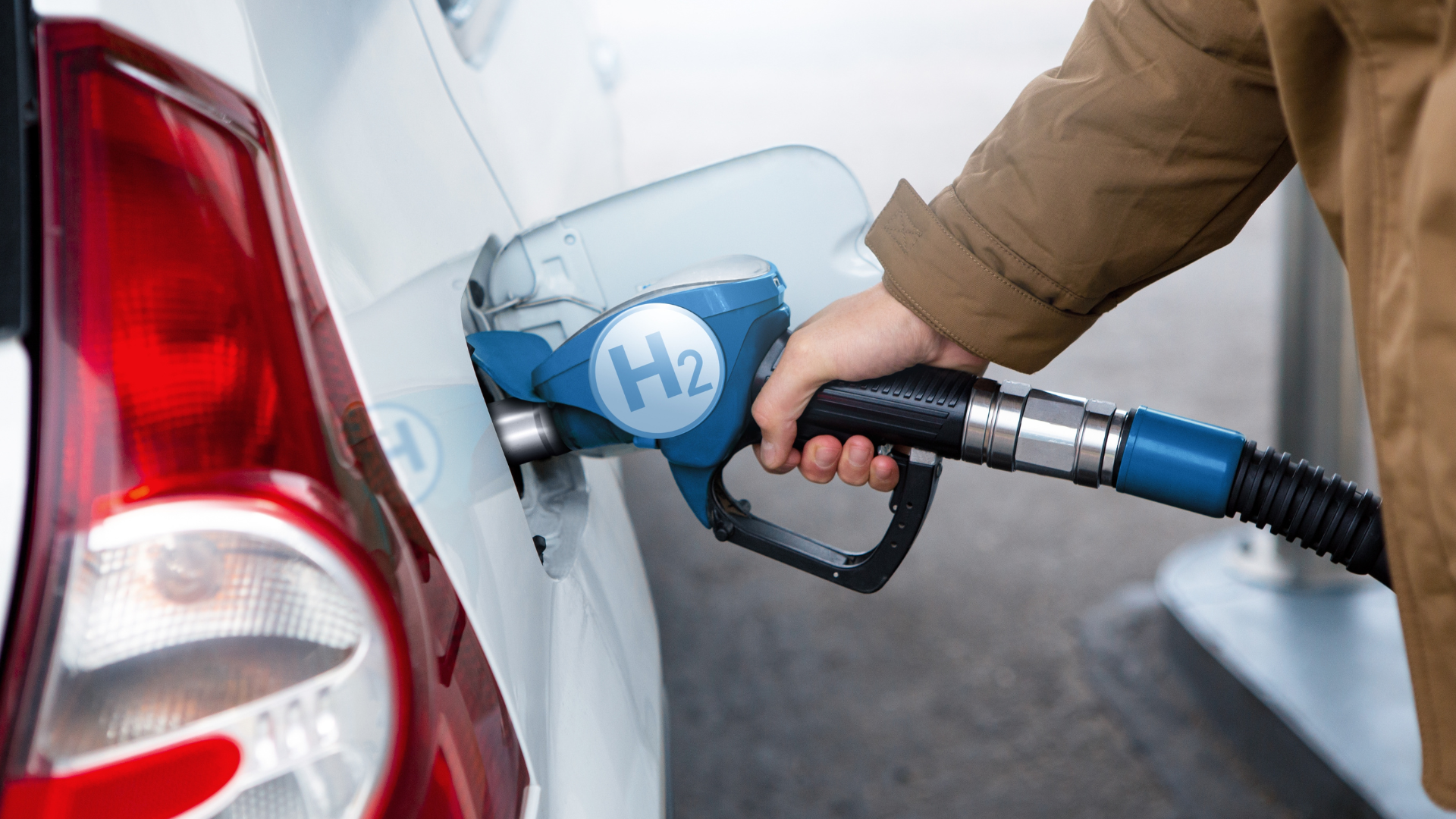
From the Wild West to accurate hydrogen vehicle refuelling
Antonio Matamala, Country Manager, Beamex Germany
The Wild West era of unregulated hydrogen refuelling stations (HRS) for road vehicles is finally coming to an end in the European Union, ushering in new opportunities. The problem: currently, consumers can’t be sure if they are paying the right amount of money when they refuel their hydrogen cars. The sheriffs laying down the law are the European Parliament and the Council of the EU through the implementation of Regulation 2023/1804 on the deployment of alternative fuels infrastructure (AFIR).
Now, regulations don’t exactly set people’s hearts racing, but this one may pave the way for the widespread adoption of hydrogen fuel cell electric vehicles (FCEVs) across Europe. Think of it as the roadmap to a cleaner, greener future on our highways. Furthermore, the regulation mandates a pan-European HRS network stretching across the continent by 2031.
But let’s remember the bumps in the road we’ve faced before. Its deployment this year on April 13 replaced the previous directive on alternative fuels infrastructure (AFID), which Germany saw implemented in 2016 as the Charging Station Ordinance (Ladesäulenverordnung). It faced widespread criticism for violating the EU directive and for having numerous deficiencies and omissions.
Whether the German government will treat the EU’s new AFIR regulation the same way remains to be seen. However, it is worth noting that the new regulation contains a focus on the hydrogen refuelling infrastructure of road vehicles, with Article 7 explicitly breaking down the details.
In particular, it emphasises that prices charged by the operators of publicly accessible hydrogen refuelling points must be “reasonable, easily and clearly comparable, transparent and non-discriminatory.” To achieve that, charging points must “clearly show information on the ad hoc price per kg […] to end users before they initiate a refuelling session.” Apart from informing consumers correctly, it is of primary importance to make sure that if someone pays for one kilogram of hydrogen, they will get one kilogram of hydrogen. Accuracy matters a lot.
Coming from a world of calibration where accuracy and traceability are keywords, there is a great deal to celebrate regarding this latest step. As we saddle up for this journey towards hydrogen regulation and hydrogen becoming a target of legal metrology, the pioneers blazing new trails still have obstacles to overcome.
Precision testing and digitalised calibration
One project tackling the challenge of testing HRS dispensing meters is the EU-funded MetroHyve. Their mission has been to ensure that the meters are accurate, reliable, and traceable—especially for heavy-duty vehicles that demand higher flow rates than cars.
The AFIR regulation comes as the German federal government looks to sweeten the deal by implementing a new truck toll increase to incentivise the switch to climate-neutral vehicles. Emission-free trucks will be exempt from tolls until December 2025, even though they are not readily available in Germany.
Andreas Gorbach, Head of Truck Technology at Daimler Truck, the world’s largest commercial vehicle manufacturer, wrote in his March blog this year that the “CO2-based toll will only make a real difference if it becomes a solution for the majority of Europe. And it only becomes an effective political steering impulse if a change in customer behavior follows. This will only be possible if a dense infrastructure network is available.”
However, a dense HRS network may not be widely adopted in society if hydrogen dispensers can’t be trusted. Compare it to when you go to the supermarket to buy bananas. If you buy a kilo of bananas, you simply assume that you are paying for 1.0 kilos and not 0.9 kilos. In the case of hydrogen, you can’t be 100% sure if that will be the case.
Hydrogen dispenser certification is an emerging but important area that differs significantly from traditional fuel certification processes. Given the unique operating standards of HRS, such as high-pressure storage and mass-based fuel metering, the lack of thorough certification means that there is currently no guarantee that consumers are receiving the exact amount of hydrogen – measured in kilograms – that they are paying for. This discrepancy, largely due to the untested metrological accuracy of dispensers, poses a major challenge to ensuring fairness and reliability in hydrogen fuel transactions.
Interestingly enough, the companies tasked with implementing this European hydrogen refuelling network are likely the same players as those in the petrol era. So, you would expect them to have experience in accurately selling their product. And you would assume their processes are digital and up to date. Or is that wishful thinking? It could be that the well-known players are relying on their existing systems, which may be, at worst, analogue, and attempt to adapt them to this new scenario. In the face of a greenfield opportunity like hydrogen-fuelled cars, there is a risk of resorting to old-school paper-based processes for calibration, recalibration and quantity verification, where the chance is to install the newest technologies due to a lack of legacy systems right from the beginning.
Imagine the same approach in a sprawling pharmaceutical facility where personnel perform calibration tasks and other duties. How would this system function? Would employees be expected to physically transport data on paper for owners or regulatory bodies to verify accuracy? Normally, they would try using cutting-edge technology to input data into a centralised system, underscoring the significance of digitisation. Maybe not everybody is there yet, but our experience shows that newer companies tend to have (and use) their “late mover” advantage and tend to go digital right from the start.
Showdown between hydrogen and traditional fuel
As we explore the intricacies of calibrating dispensers at HRS versus traditional filling stations, one thing remains clear: the need for accuracy is high, and the need for digital solutions persists.
Beyond specific software considerations, equipping maintenance personnel with tools like tablets featuring Beamex software emerges as a strong choice. Digital calibration systems for hydrogen dispensers can streamline calibration procedures, ensure accuracy and enable real-time data analysis.
With the increasing interest in hydrogen technology, regulatory bodies face new responsibilities in ensuring the safe development of HRS. Certification initiatives will play a pivotal role in advancing industry standards and fostering confidence in hydrogen technology adoption.
NMI, a one-stop shop for the testing and certification of hydrogen dispensers, is actively spearheading the development of a certification program. In collaboration with H2Platform, a consortium comprising 40 companies engaged in hydrogen initiatives and other key industry stakeholders, the program aims to ensure a standardised level of testing and facilitate customers’ more seamless demonstration of compliance.
Furthermore, post-delivery calibration will also emerge as a critical maintenance task, ensuring the continued accuracy of equipment over time. By establishing reliable metrological validation methods, the adoption of FCEVs can be expedited, contributing to a sustainable and eco-friendly transportation system.
Before we ride off into the sunset of the EV revolution, let’s remember the parallel avenue of hydrogen technology lighting up the horizon. As we navigate this transition, the integration of robust calibration practices will remain pivotal in shaping the trajectory of transportation innovation.
You might also find interesting

For a safer and less uncertain world
Welcome to our series of topical articles where we discuss the impact that accurate measurement and calibration has on the world and our everyday lives.

